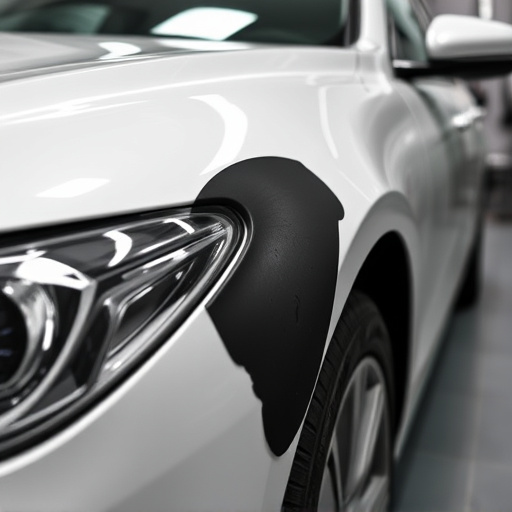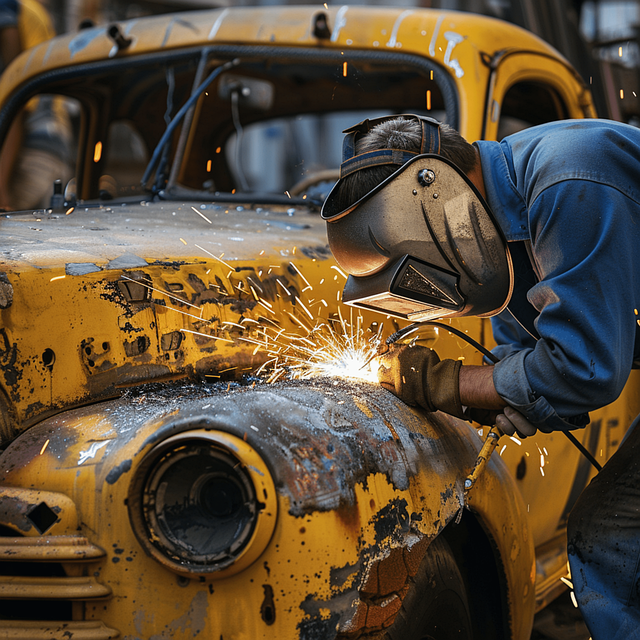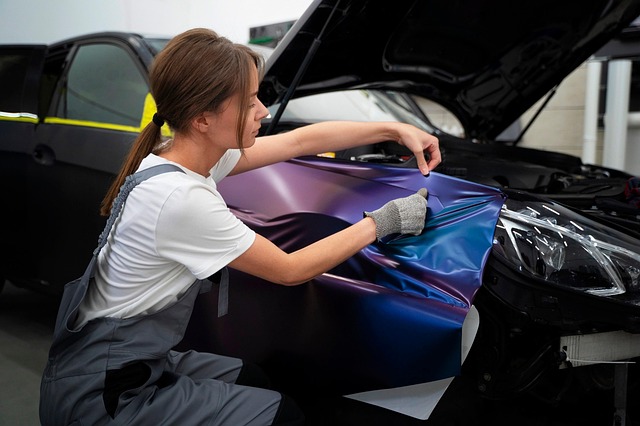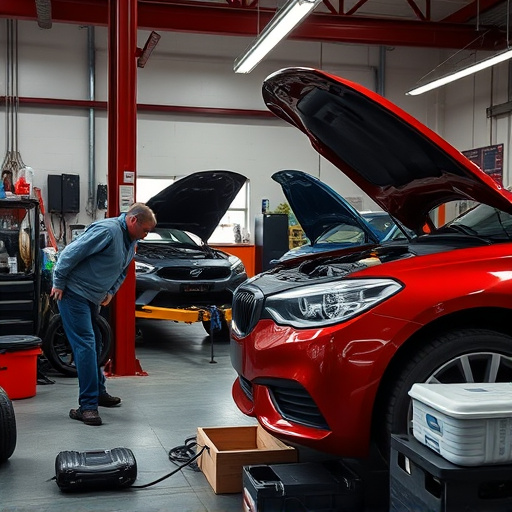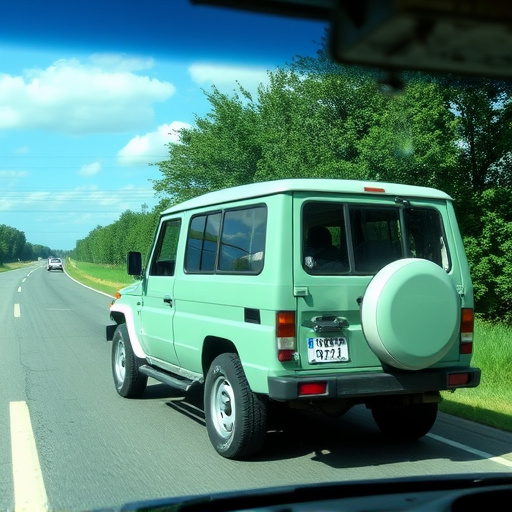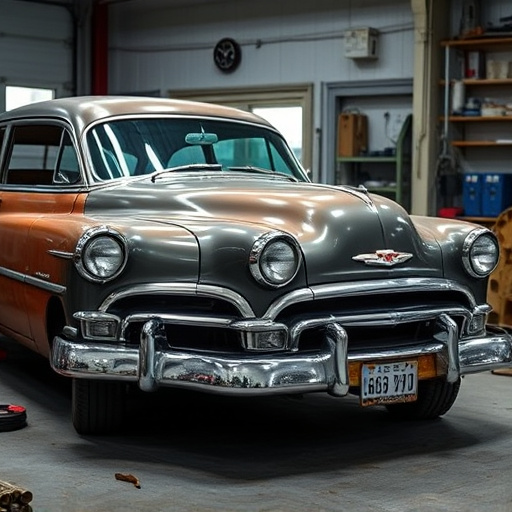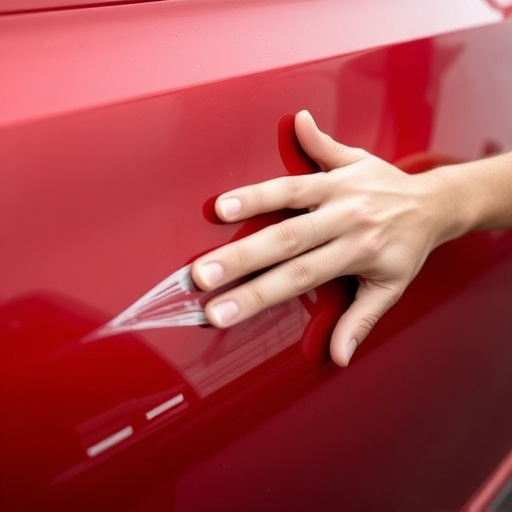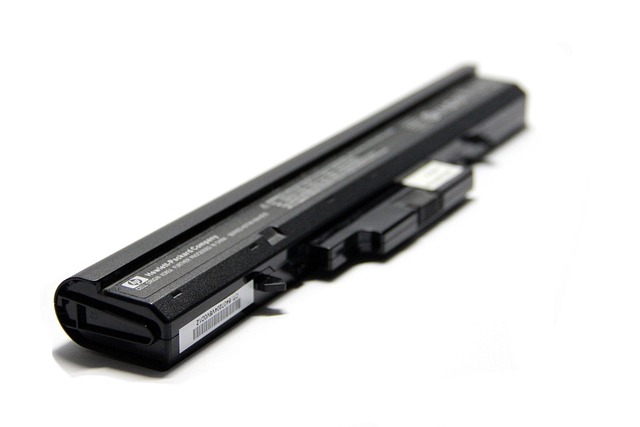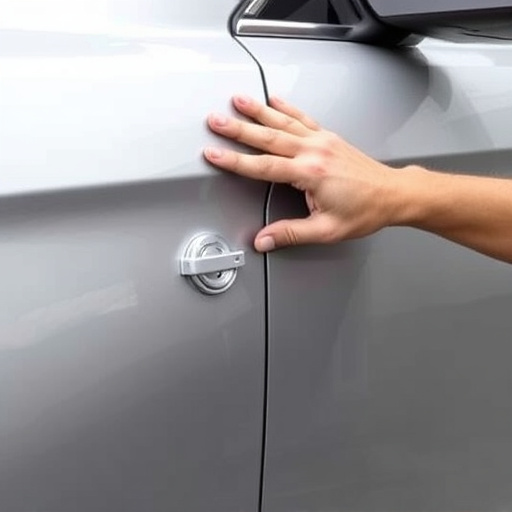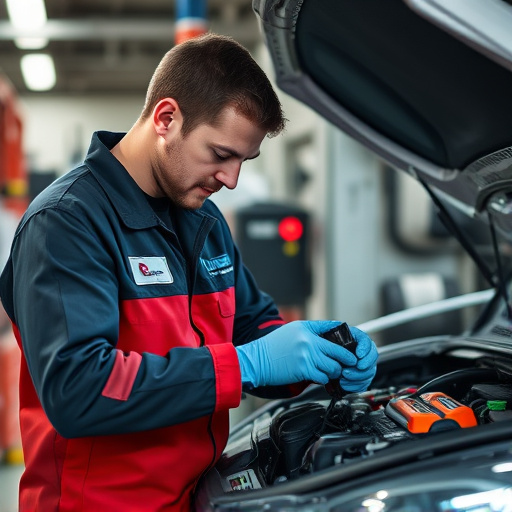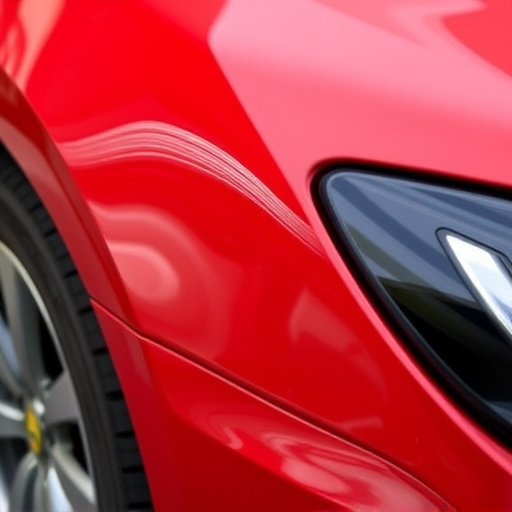Pearl finish collision repair is an artistic, scientific process involving multi-layered application of specialized coatings to reflect light vibrantly. Restorers must expertly remove damaged layers while preserving intact pearl coating, using precise tools and techniques to match original specifications. This meticulous approach ensures vehicles look new and retain unique, captivating pearl finish, enhancing aesthetics and boosting vehicle value, crucial for fender repair and fleet services.
“Uncover the art of layering in pearl finish collision restoration—a key technique for achieving flawless, vibrant results. This comprehensive guide explores the unique characteristics of pearl finishes and why layering is essential for their longevity. We’ll walk you through the step-by-step process, revealing the precision and skill required.
From understanding the surface’s intricate structure to overcoming challenges, this article provides insights into the benefits and intricacies of pearl finish collision repair, ensuring your restored vehicle shines with sophistication.”
- Understanding Pearl Finish: The Unique Surface
- Layering Process: A Step-by-Step Guide
- Benefits and Challenges: Restoring Clarity and Shine
Understanding Pearl Finish: The Unique Surface

Pearl finish is a unique and exquisite surface that has become a hallmark of modern automotive aesthetics, especially in premium vehicles like Mercedes Benz. It’s more than just a glossy coat; it’s a multi-layered artistic application designed to reflect light in a dazzling array of colors and textures. This intricate process involves precise layering of specialized coatings to achieve the desired depth and sheen. Each layer plays a crucial role in enhancing the overall beauty and durability of the car’s finish, making it highly resistant to scratches and fading.
Understanding the intricacies of pearl finish collision repair is essential for restorers aiming to restore these exquisite surfaces after a fender bender or car paint repair. The careful removal of damaged layers without compromising the integrity of the remaining pearl coating is key. This meticulous process requires specialized tools and techniques to match the original specifications, ensuring that the restored vehicle not only looks as good as new but also maintains its unique and captivating pearl finish.
Layering Process: A Step-by-Step Guide
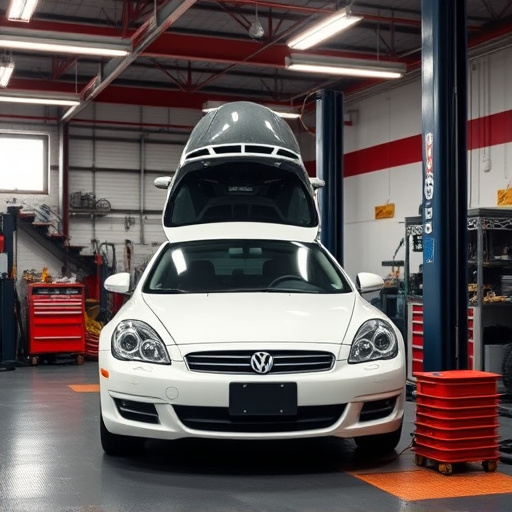
The layering process in pearl finish collision restoration is an art that requires precision and expertise. It involves several meticulous steps to achieve a flawless, vibrant pearl finish. The journey begins with thorough preparation of the damaged area, ensuring all debris and contaminants are removed. This clean canvas sets the stage for the first layer of paint—a base coat designed to match the car’s original color closely. Once dry, subsequent layers are carefully applied, each adding depth and richness to the final pearl finish.
In the automotive body shop, this technique is especially valuable for fender repair and fleet repair services, where maintaining a high-quality appearance across vehicles is paramount. Each layer is allowed to cure properly before the next is applied, ensuring even coverage and preventing bubbles or imperfections. This meticulous step-by-step guide culminates in a stunning pearl finish that not only restores the vehicle’s aesthetic appeal but also enhances its overall value, making it look as good as new on the road.
Benefits and Challenges: Restoring Clarity and Shine

The process of layering in pearl finish collision restoration offers both significant advantages and unique challenges. One of the primary benefits is its ability to restore a car’s surface to its former clarity and shine, addressing minor imperfections that can accumulate over time or due to collisions. By meticulously applying and polishing layers of specialized coatings, restorers can achieve a flawless, glossy finish that enhances the car’s overall aesthetic appeal.
However, this meticulous approach also presents challenges. Skill and precision are paramount; improper layering can lead to visible lines or an uneven surface. Moreover, the use of high-quality materials and tools is crucial to achieving the best results in scratch repair and car body restoration. Restorers must carefully select and match the pearl finish to ensure a seamless blend that respects the car’s original design and quality.
Layering is a key technique in pearl finish collision restoration, allowing professionals to achieve a flawless, clear coat that restores vehicles to their pre-accident condition. By understanding the unique surface of pearl finish and implementing a precise layering process, restorers can overcome challenges and deliver exceptional results. This specialized skill set ensures that damaged cars not only look new but also retain their vibrant, glossy pearl finish—a testament to the precision and dedication of collision repair experts.
